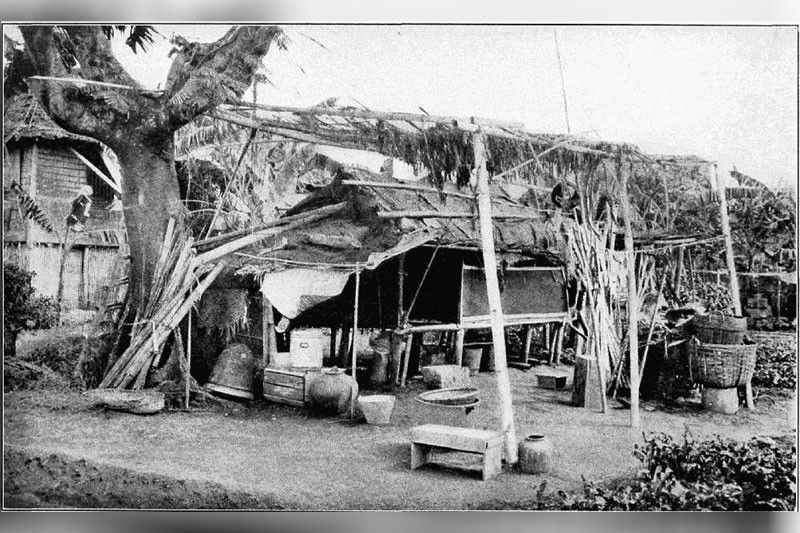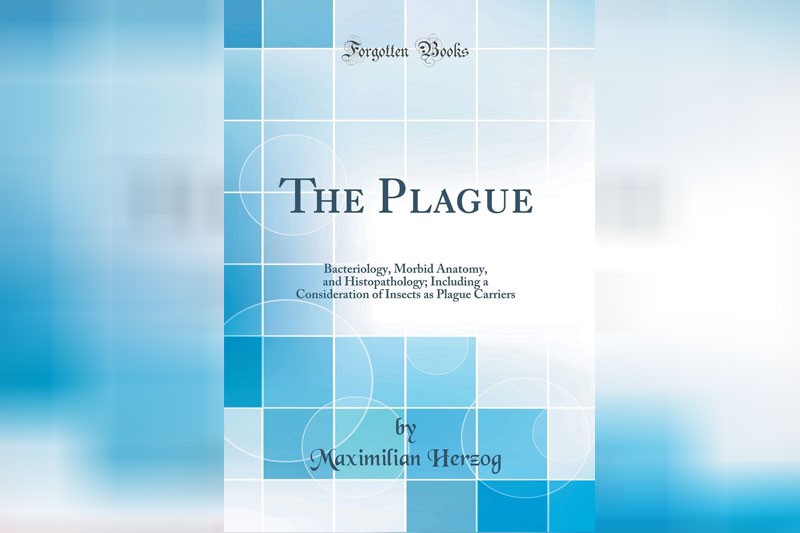History and hysteria

It must be part of human nature, in times of disaster or adversity, to seek some consolation or refuge in the past, more specifically in the misfortunes of others. It’s a kind of schadenfreude across generations rather than distance, although not so much to derive pleasure as reassurance to the effect that, in time, all miseries have an end, all crises can be survived.
I have to admit that — interned for a month with the TV, the laptop, and my books for company — I’ve acquired a rather morbid interest in discovering what other people went through at other times, faced with the enormity of mysterious and murderous disease. We know by now how COVID-19 has brought out the best and the worst in us, stoking our deepest fears even as we marvel at the courage and generosity of a relative few. We — especially those of us in the emotionally vulnerable middle class — cringe at the possibility that desperation will lead to chaos.
History sadly provides little comfort in that respect. Awful things do happen in awful times, chiefly thievery and murder, although not always by the people you’d expect.

Writing about plague-hit Florence in the 1630s in Histories of a Plague Year: The Social and the Imaginary in Baroque Florence, (U. of California Press, 1989), Giulia Calvi noted that “Up to this point, the most surprising theme is how little fear contagion caused. In overcrowded houses, stinking alleys, and rooms that still held the dead, both actually and in memory, neighbors, relatives, and friends came and went — entering, stealing, taking things at random, and getting caught. They passed items from hand to hand, through windows and doors, wells and gratings; they knocked down house walls, climbed garden walls, and even lowered goods by rope from rooftops. The epidemic appeared to generate every emotion save fear of death.”
But a subtler kind of theft was also happening, with the emergence of medical amateurs, charlatans and quacks offering all kinds of cures, from potions tried out in previous epidemics such as “simple curative roots and coral powder” to a recipe for “three black spiders, three serpents, three deaf vipers, three frogs, ten tarantulas, and fifty scorpions and other poisonous animals — alive, if possible — over a small flame like one used for soap or stew.” A thriving guild of doctors and herbalists controlled and approved the sale of these prescriptions on the street — for a fee, of course, evading which cost the offender a hefty fine.
Hysteria bred by ignorance also led to wanton killing, as in 1820, when cholera and xenophobia led to the “Massacre at Manilla” of English French, Danish, Spanish, and Chinese nationals reported on in my 1822 copy of The Atheneum, a Boston-based magazine. It’s a grisly account echoed by the adventurer Paul P. de la Gironiere in his book published more than 30 years later:

“I had only resided a short time at Cavite when that terrible scourge, the cholera, broke out at Manilla, in September, 1820, and quickly ravaged the whole island. Within a few days of its first appearance the epidemic spread rapidly; the Indians succumbed by thousands; at all hours of the day and of the night the streets were crowded with the dead-carts. Next to the fright occasioned by the epidemic, quickly succeeded rage and despair. The Indians said, one to another, that the strangers poisoned the rivers and the fountains, in order to destroy the native population and possess themselves of the Philippines. On the 9th October, 1820, the anniversary of my departure from France, a dreadful massacre commenced at Manilla and at Cavite. Poor Dibard, the captain of the Cultivateur, was one of the first victims. Almost all the French who resided at Manilla were slain, and their houses pillaged and destroyed.”
But as dramatic as these events were, the real tragedy was that the plague effectively targeted its victims, and more often chose the poor. Early in January 1900, reports of bubonic plague began coming out of Manila, such as this account in a San Francisco newspaper: “The bubonic plague is yet sporadic. There have been six cases and four deaths. Preparations are being made to establish hospitals and quarantine. Great numbers of provincial natives are coming to Manila, with whom the city is overcrowded, the increase in accommodations being inadequate. The rice necessary for foodstuffs is more expensive than at any period during the last twelve years. The plague is dangerous to the overcrowded, unfed and unwashed natives and Chinese.”
A lab report such as the one excerpted below (from The Plague: Bacteriology, Morbid Anatomy, and Histopathology, Including a Consideration of Insects as Plague Carriers by Maximilian Herzog, MD, published in Manila by the Bureau of Public Printing, 1904) may have been clinically precise, but the sadness of a child wasted by the lice (pediculi) common to her station is inescapable:
“The body of a female child, 9 to 10 years of age, well developed. Post-mortem rigidity strong…. Before the body had been opened, three pediculi were picked up from the scalp with sterile forceps and dropped first into an empty sterile test tube and later into three flasks containing 50 cubic centimeters of sterile, slightly alkaline bouillon…. I were made as to the possibility of the girl’s having been infested with pediculi from someone living in an infected district.”
We learn that disease will ravage and kill the body, but also that, in the long run, disease and even death itself can be defeated — with knowledge, understanding, and willful compassion.
* * *
Email me at jose@dalisay.ph and visit my blog at www.penmanila.ph.



















